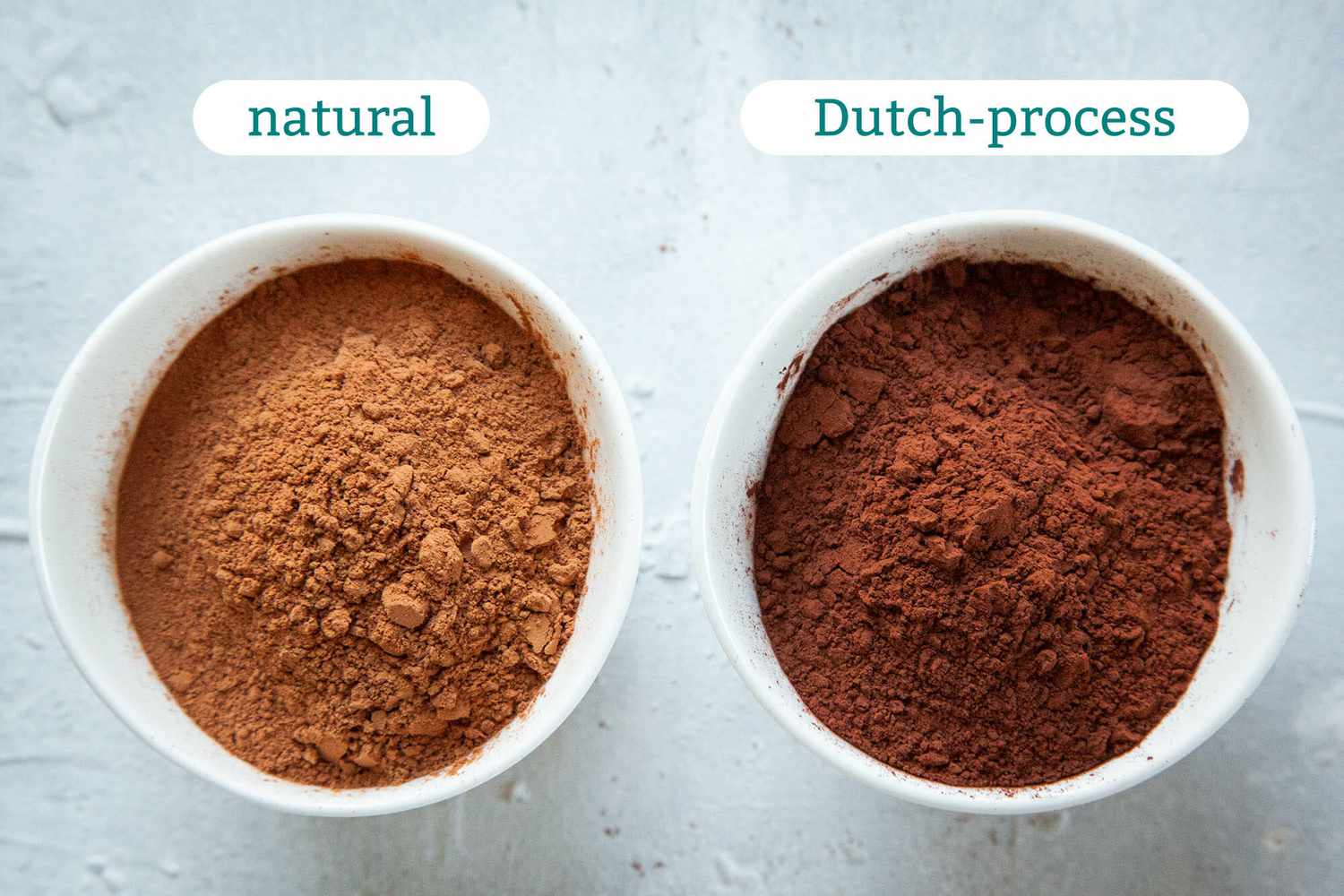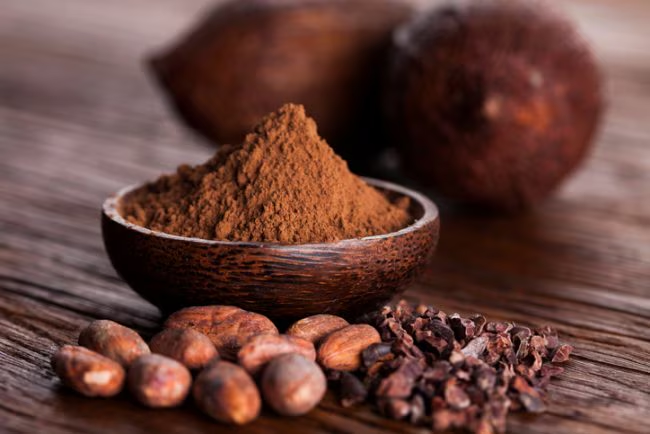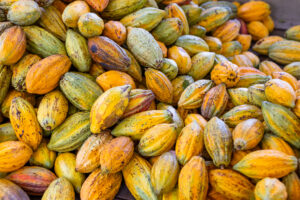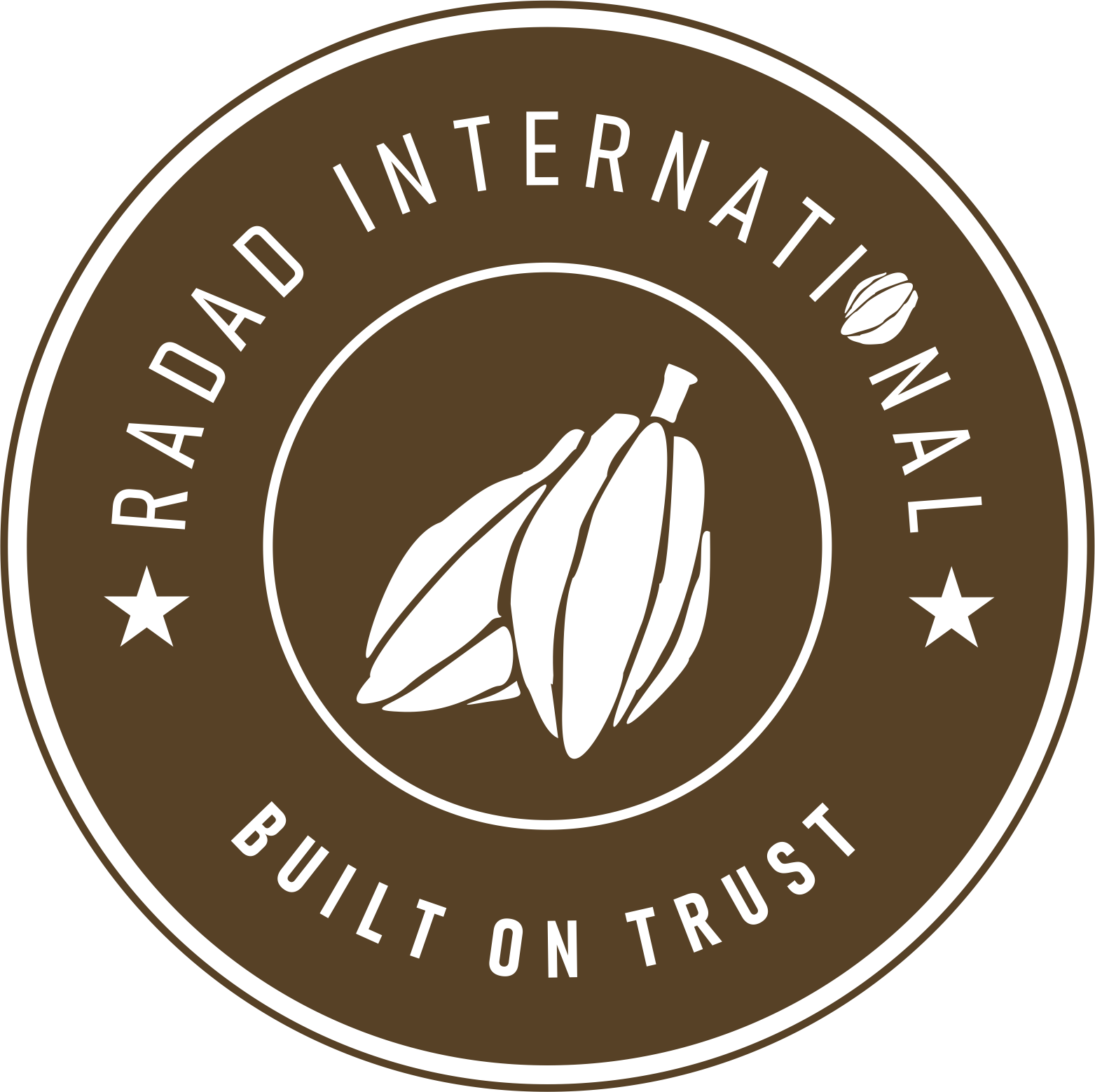Alkalized Cocoa Powder: What It Is and Why People Use It
Alkalized cocoa powder is basically cocoa that’s been treated with an alkalizing agent (usually potassium carbonate) to reduce its natural acidity. That simple process changes everything—from its taste and color to how it behaves in recipes. The result is a smoother, darker, and less bitter cocoa powder that’s perfect for many desserts, hot chocolate blends, and even cosmetic uses.
So why do people prefer alkalized cocoa powder? One big reason is that it gives richer flavor and a deep, chocolatey color to anything you’re making—whether it’s brownies, chocolate cake, or even a warm cup of cocoa. It’s also easier on the stomach for some people since the acidity is lowered.

What Alkalized Cocoa Powder Looks, Feels, and Tastes Like
Let’s take a moment to understand alkalized cocoa powder—not just what it does in a recipe, but what it’s actually like as a product.
Appearance & Color
The first thing people usually notice about alkalized cocoa powder is the color. Compared to natural cocoa powder, which is more reddish-brown, alkalized cocoa ranges from dark brown to almost black. The exact shade depends on how much alkalizing (also called “Dutching”) has been done. The more intense the process, the darker the cocoa.
This deep color makes it very popular in baking and commercial foods where visual appeal matters—like chocolate cakes, cookies, and dark chocolate beverages.
Texture
Alkalized cocoa powder is very fine and silky to the touch—much finer than most natural cocoa powders. It flows easily, doesn’t clump as quickly, and blends smoothly with dry or wet ingredients. That soft, powdery texture is part of what makes it so easy to work with in bulk food production or even in your home kitchen.
Solubility
One major advantage of alkalized cocoa powder is its improved solubility. Natural cocoa is more acidic and doesn’t dissolve well in water or milk. But once it’s alkalized, the powder becomes more dispersible. It mixes more easily in hot or cold liquids, making it a favorite in drinks, sauces, and instant mixes.
Physical Properties of Alkalized Cocoa Powder at a Glance
| Property | Description |
| Moisture Content | Typically less than 5% |
| pH Level | Ranges from 6.8 to 8.2 (higher than natural cocoa, which is usually around 5.3) |
| Fat Content | Can vary depending on the product – often 10-12%, 20-22%, or sometimes higher for specialty cocoa |
| Particle Size | Very fine, usually around 75-150 microns |
Chemical Properties of Alkalized Cocoa Powder
| Chemical Property | Typical Range |
| Acidity (pH) | Mildly alkaline (6.8–8.2) |
| Ash Content | Often between 6% and 10%, depending on how strong the alkalization is |
| Caffeine/Theobromine | Lower levels than natural cocoa due to processing |
Organoleptic Properties (Taste, Smell, etc.)
-
Flavor: Alkalized cocoa has a mellow, rich, less bitter taste compared to the sharp and tangy flavor of natural cocoa. It’s more balanced and smooth.
-
Aroma: The smell is deeper, rounder, and less acidic. It’s that classic “chocolatey” smell people love.
-
Mouthfeel: Because of the fine texture and smoother taste, it often feels creamier and less dry in the mouth.
Alkalized Cocoa Powder vs Natural Cocoa Powder: What’s the Real Difference?
1. Processing Method
-
Natural Cocoa Powder is made by simply pressing roasted cocoa nibs to remove cocoa butter, then grinding the leftover solids into powder. That’s it—no chemical treatment involved. This neutralizes the cocoa’s natural acidity.
-
Alkalized Cocoa Powder, on the other hand, is treated with a food-grade alkaline solution before or after the pressing stage. This treatment changes its pH level, taste, and appearance. That small step makes a big difference in the outcome.
2. Color and Taste
-
Natural cocoa powder is usually light brown in color and has a strong, slightly bitter taste.
-
Alkalized cocoa powder is darker, often reddish-brown or deep brown, with a milder, smoother, more chocolate-forward taste.
3. Baking Behavior
-
If your recipe uses baking soda (which is alkaline) , it typically needs natural cocoa because the acid in the cocoa reacts with baking soda to help the batter rise.
-
If the recipe uses baking powder (already neutral), which already contains an acid, you can safely use alkalized cocoa powder.
-
4. Acidity / pH Level
-
Natural Cocoa is acidic with a pH around 5.0 to 5.5.
-
Alkalized Cocoa is neutral to alkaline, with a pH between 6.8 and 8.2.
5. Solubility
-
Natural cocoa doesn’t dissolve easily in cold liquids. It can clump unless you mix it into hot water or use a blender.
-
Alkalized cocoa dissolves much more easily in both hot and cold liquids, making it ideal for instant cocoa drinks, ice cream mixes, chocolate milk, and more.
6. Nutritional Value

Comparison Table: Alkalized vs Natural Cocoa Powder
| Feature | Alkalized Cocoa Powder | Natural Cocoa Powder |
| Processing | Treated with alkaline solution | Untreated |
| pH Level | Neutral to Alkaline (6.8 – 8.2) | Acidic (5.0 – 5.5) |
| Color | Dark brown to black | Light to medium brown |
| Taste | Smooth, mild, earthy, chocolatey | Sharp, acidic, fruity |
| Solubility | High (dissolves well in liquids) | Low (clumps in cold liquids) |
| Baking Use | Best with baking powder | Best with baking soda |
So, Which One Should You Use?
-
Use natural cocoa if you’re baking something light, like chocolate cakes or cookies with baking soda.
-
Use alkalized cocoa when you want rich color, smooth chocolate flavor, or are working with recipes that use baking powder or no leavening at all.
Top Uses of Alkalized Cocoa Powder (Food, Beverages & More)
1. Baking
-
Chocolate cakes
-
Brownies
-
Cookies
-
Muffins
-
Chocolate sauces
2. Hot Chocolate and Beverages
-
Chocolate milk mixes
-
Cold brew cocoa drinks
-
Chocolate protein shakes and supplements
3. Ice Cream and Desserts
-
Chocolate pudding
-
Chocolate mousse
-
Ganache and frostings
4. Industrial and Commercial Products
-
Its uniformity (the color and flavor stay consistent)
-
Easier mixing with other ingredients
-
Longer shelf life compared to some natural cocoa powders
How Alkalized Cocoa Powder Is Made (The Dutch Process)
Step 1: It Starts with Cocoa Beans
Step 2: Winnowing
Step 3: Alkalization
-
Light Dutching gives you a medium brown cocoa powder.
-
Heavily Dutch-processed cocoa results in that deep, almost black powder.
Step 4: Pressing
Step 5: Grinding and Drying
| Step | Description |
| Roasting | Enhances flavor and makes shells easier to remove |
| Winnowing | Separates shells from nibs |
| Alkalization | Nibs or liquor are treated with alkaline solution |
| Pressing | Removes cocoa butter from liquor |
| Grinding | Cocoa solids are ground into fine powder |
FAQs About Alkalized Cocoa Powder
| Question | Answer |
| 1. What is alkalized cocoa powder? | Alkalized cocoa powder (also known as Dutch-processed cocoa) is cocoa that has been treated with a food-safe alkaline solution. This process reduces its acidity, gives it a darker color, makes it taste smoother, and helps it dissolve more easily in liquids. It’s often used in chocolate desserts, hot cocoa mixes, and even cosmetics. |
| 2. How is alkalized cocoa different from natural cocoa powder? | The main difference lies in the pH level. Natural cocoa is acidic (pH 5–5.5), while alkalized cocoa is neutral to slightly alkaline (pH 6.8–8.2). Alkalized cocoa is darker, milder in flavor, and dissolves better in liquids. It also interacts differently with leavening agents in baking. |
| 3. Is alkalized cocoa powder safe to eat? | Yes, it’s completely safe to consume. The alkalizing process uses food-grade agents like potassium carbonate or sodium carbonate, which are approved for use in food. It’s widely used in chocolate products, drinks, and baked goods around the world. |
| 4. Why do recipes specifically ask for alkalized or natural cocoa powder? | Recipes ask for one or the other because the cocoa’s pH affects how it reacts with baking soda or baking powder. Alkalized cocoa is best in recipes using baking powder, while natural cocoa is better with baking soda. Using the wrong type can affect the texture, taste, or rise of baked goods. |
| 5. Can I substitute natural cocoa powder with alkalized cocoa powder? | Technically yes, but it depends on the recipe. If the recipe uses baking soda, switching to alkalized cocoa could throw off the chemistry and result in flat or dense cakes. For non-baked items like hot chocolate or pudding, the substitution usually works fine. |
| 6. What does alkalized cocoa powder taste like? | It has a smooth, mellow chocolate flavor with low bitterness. It lacks the sharp, acidic punch that you get from natural cocoa. Many people describe it as “more chocolatey” and well-rounded in flavor, making it ideal for indulgent desserts. |
| 7. Why is alkalized cocoa powder used in cosmetics and skincare? | In cosmetics, alkalized cocoa powder is prized for its rich color, soft texture, and neutral pH, which makes it skin-friendly. It’s used in natural bronzers, masks, scrubs, and bath products for its antioxidant content, pleasant scent, and silky finish. |
| 8. Is alkalized cocoa powder healthier or less healthy than natural cocoa? | Both have similar nutritional profiles, but alkalized cocoa may have slightly lower levels of some antioxidants due to the alkalizing process. However, it’s still rich in magnesium, iron, and mood-lifting compounds like theobromine. If you’re eating cocoa for the flavor and baking performance, either one is great. |
| 9. What are the typical uses of alkalized cocoa powder? | It’s used in a wide range of products—chocolate cake, brownies, chocolate drinks, chocolate syrups, ice cream, sauces, instant mixes, and even cosmetics. Food manufacturers prefer it because it offers consistency, easy blending, and a deeper chocolate color. |
| 10. How should I store alkalized cocoa powder? | Keep it in a cool, dry place away from direct sunlight, moisture, and strong odors. Seal the container tightly after each use. When stored properly, alkalized cocoa powder can last up to two years without losing quality or flavor. |








